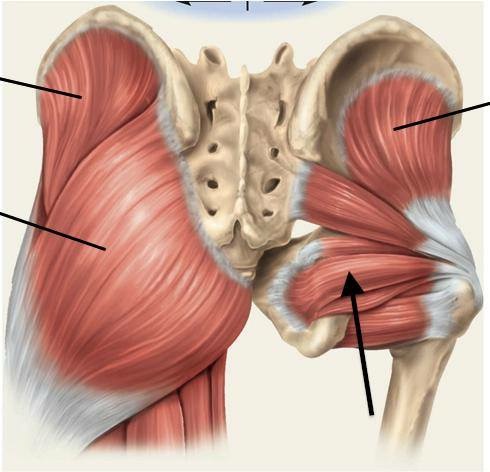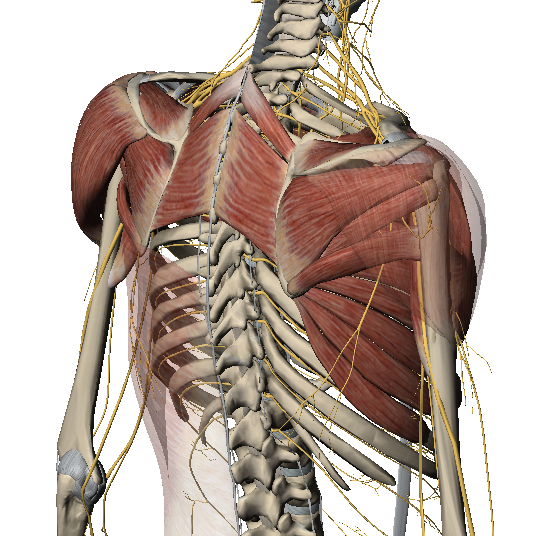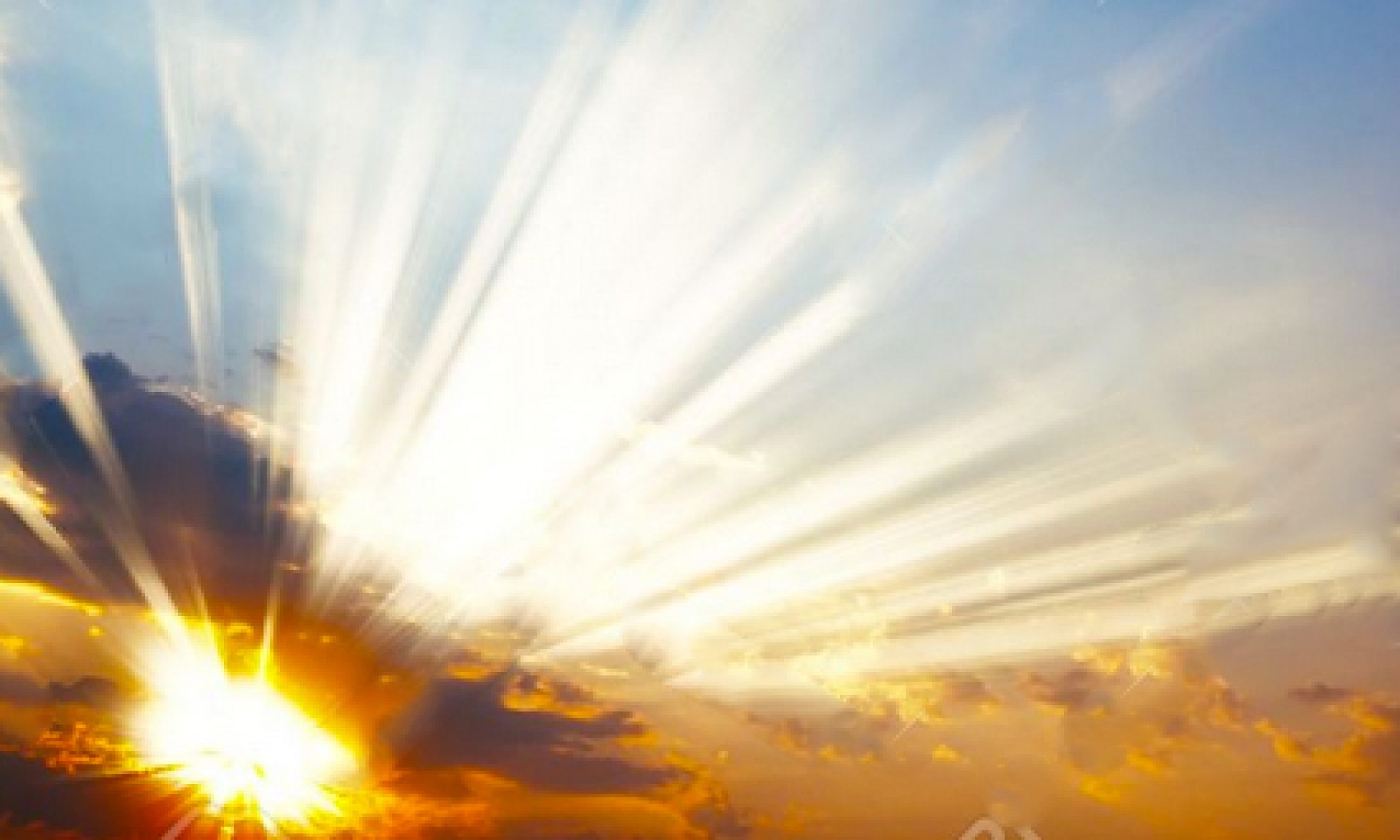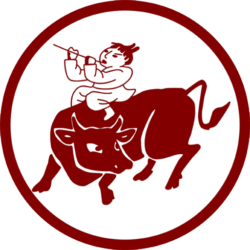The theme of the practices in these videos is how to activate the small postural muscles that stabilise the skeleton and hold joints together. If these are not active then the big muscles (which should be used for movement) have to compensate leading to chronic stiffness, tension and wear and tear on the joints.
The main muscles we will be working with are the rotator muscles of the shoulder and hip. Since the main need for holding the joint together is when the limb is being extended, the really key idea is to activate those ‘postural’ muscles WHILE they are lengthening.
There are several well-known physio and pilates exercises for strengthening these short muscles but they tend to focus on strengthening them through contraction and they don’t teach the muscle to maintain tone while it is lengthening. I don’t know of any other resource that teaches exercises to ‘tone while lengthening’ so it’s good to make this information available.
Here are some pictures of these postural muscles in the shoulder and hip.


We will go into more detail with each exercise, learning individual muscles. But for now, notice that these muscles are the deepest layer and the movement muscles form a layer above them. This is why they are often overlooked because you can see the movement muscles as they move, but the postural muscles are almost invisible.
The first of these will deal with the Psoas muscle, which, although it is quite long and performs big movements is still considered a postural muscle because it deeply binds the legs into the torso. If the psoas has tone both when contracting and when lengthening then the pelvis and lower back can release tension that they might otherwise need to stabilise the lower body.
Here is a video to introduce the psoas and the general idea of how help a muscle to have tone while it is lengthening. In the video this technique is done by a second person, but in the videos to come, we show how to do it by yourself.
Activating the Psoas Muscle
The Hip and Piriformis
The Scapula
The Postural Muscles of the Shoulder
Review and Development
This session uses many of the themes we have been working within the previous videos and links them to infant movement development.

